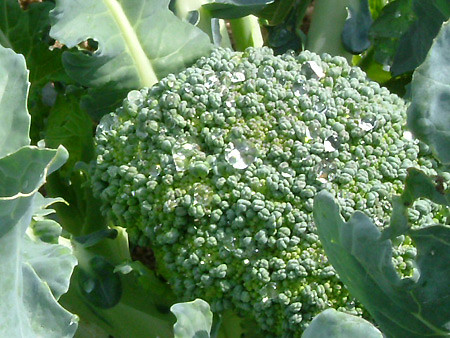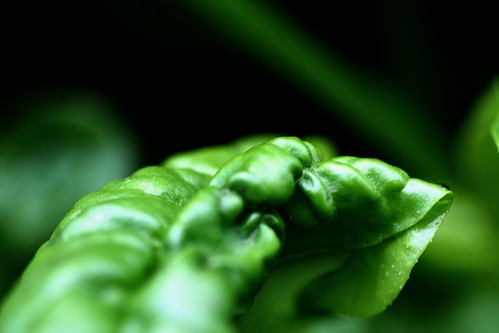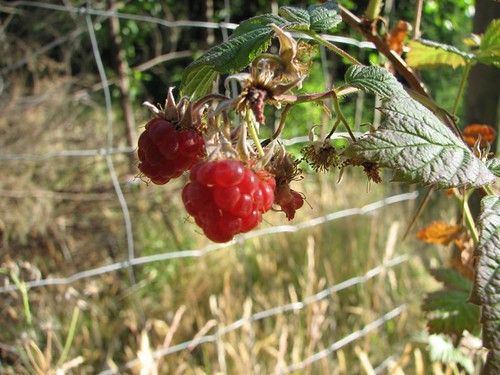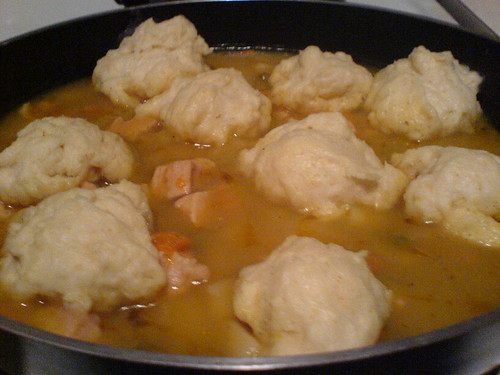Awesome Food is delighted to announce its second microgrant of $1,000 has been awarded to
Concrete Jungle, a volunteer-run Atlanta-based organization that distributes urban crops to homeless shelters and other charities. Concrete Jungle is among the nearly 800 applicants from around the world for grants from Awesome Food, which made its first micro-grant award in October.
“We picked Concrete Jungle because of what they’ve picked as their expertise — finding uses for fruit across Atlanta that otherwise would go to waste,” said Micki Maynard, creator of
CulinaryWoman and an Awesome Food trustee. “At every step, this awesome project is helping someone or something. It aids the environment, by keeping the trees bountiful and healthy. It helps community groups with its donations of fruit, and allows them to do their work helping the hungry.”
Concrete Jungle was started in Atlanta in 2009 by Craig Durkin and Aubrey Daniels. Durkin, Daniels and several friends had noticed a large amount of apples growing on neglected trees all over Atlanta. The group decided to an annual gathering, nicknamed Ciderfest, to turn them into apple cider. But after several years of increasing apple harvests, the scale of fresh produce going to waste in Atlanta became apparent. That led Durkin and Daniels to start the organization.
Nearing the end of its third year, Concrete Jungle
has now documented nearly 1,000 fruit-bearing trees across the city, and has donated nearly 6,000 lbs of produce to local homeless shelters and charitable organizations.
“This food comes from the hundreds of fruit and nut trees growing in the Atlanta area — in yards, on the side of the road, next to buildings,” Daniels explained. “Most of these trees are untended and ignored, with their bounty being wasted to wildlife, while only miles away many poor and homeless struggle to include any fresh produce in their diet. Concrete Jungle works to fix this sad situation in a fun and efficient way.”
Before going out on a “pick,” the group documents the tree to make sure that it is bountiful and yielding healthy fruit, Daniels explained. If it is on private land, the group gets verbal permission, and then gives the owner a heads up when the group arrives to pick the fruit.
In deciding what to donate, the group reviews how much fruit it has; whether it’s an easy fruit to work with, such as apples, or a more complicated kind, like persimmons; the size of the shelter and the work the shelter is doing. “It’s very much a utilitarian calculation with bonus points for shelters that do a good job,” Daniels said.
The grant will be used for an eclectic set of tools to make fruit picking easier and more fun: bow and arrows to get ropes over high branches; sticks made by Nerf to hit high fruit; inflatable pool rafts to cushion fruit that falls from up high; a baby pool for people to sit in while they scrub apples; and hard hats to protect from falling fruit.
In addition, with leftover money, the group hopes to buy mini-apple grinders and juices to make cider. This way they can use apples that can’t be eaten whole.
Lastly, they hope to buy fruit trees to plant in public places for future picks, which the group say they believe they can get the city to sanction.
One of Concrete Jungle’s clients is the kitchen at
Mercy Community Church, which has received about 500 pounds of fruit this year, said the church’s pastor, Maggy Leonard.
“What Concrete Jungle offers us is truly unique,” she said. “They have figured out a simple, seemingly obvious, means of addressing the problem of hunger that plagues our city. While most of our donations come from the waste of others, Concrete Jungle offers us delicious, fresh fruit that is fit to be eaten by anyone.”
Concrete Jungle pre-sorts, checking it for worms and bruised spots, and washes the fruit it donates to the church, she said. “They do all that they can to ensure that the food will last as long as possible once they give it to us.”
The church uses the fruit both whole and in jam that is used at breakfast and lunch, Leonard said. “There is no doubt in my mind that they would do good and responsible work with grant money,” she added.















 A few pounds of herb.
A few pounds of herb.